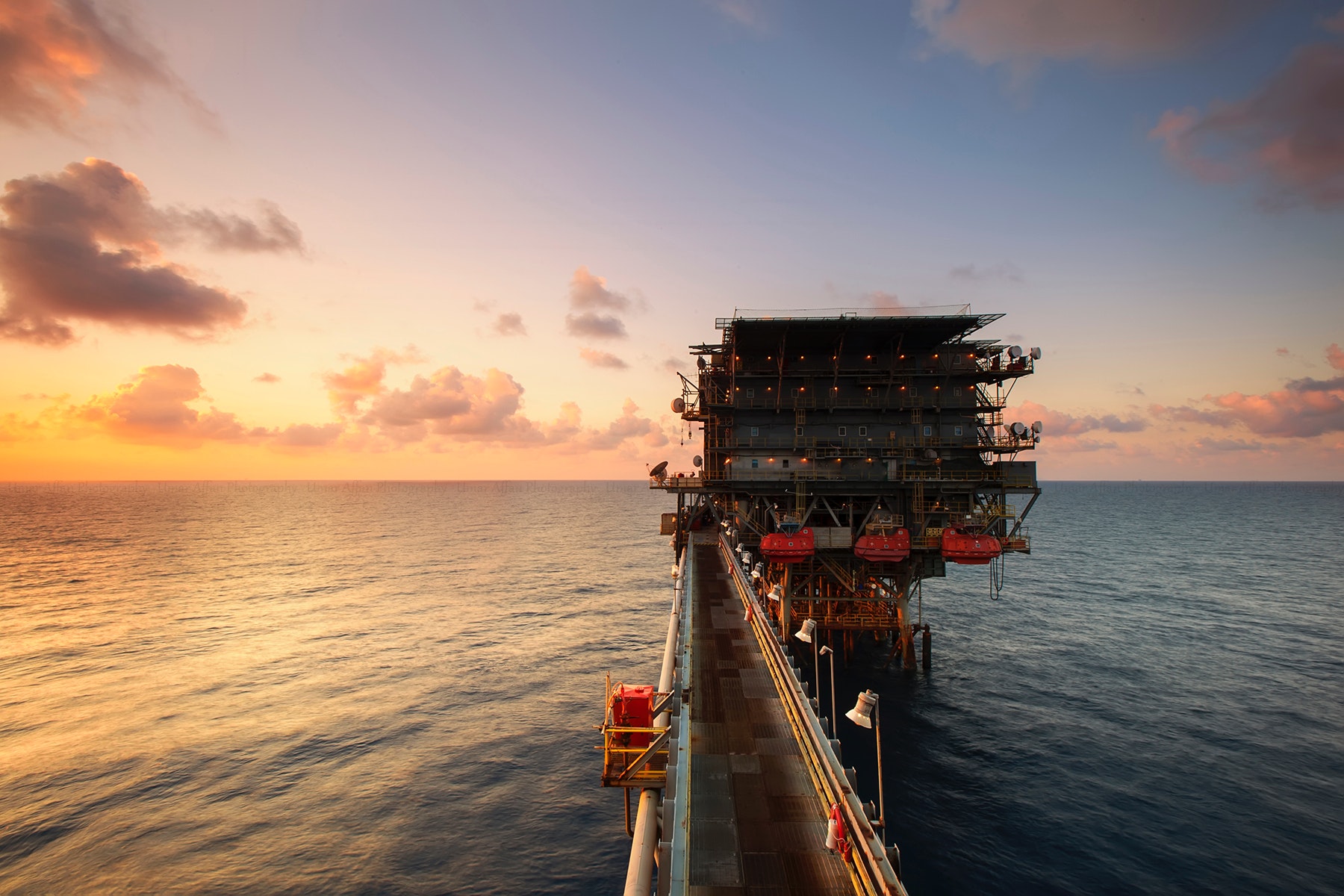Augmented Reality: For the Oil and Gas Industry,
It’s Not a Mirage
Augmented reality is defined as a technology that superimposes a computer-generated image on a user’s view of the real world, thus providing a composite view.
- With AR, equipment training can be accomplished more quickly; further, less training might be sufficient to accomplish most maintenance tasks, since the maintenance personnel will be aided by visual AR displays and instructions.
- Tasks completed more quickly and reliably. For oil and gas rigs, this is critical. The old cliche “Time is money” could not be more accurate. In fact, in the event of equipment failure, time lost could also be product lost (for example, if the equipment failure causes a leak.) Not to mention the environmental, legal and public relations repercussions from an oil leak caused by inadequate maintenance.
- Rigs that are online produce revenue; rigs that are offline produce nothing. But that notwithstanding, AR can make routine maintenance easier to accomplish by making the task instructions visual. In addition, since the visual instructions help make the repairs more reliable and fail safe, the expense of needing to re-do repairs is eliminated.
- Routine maintenance and break/fix repairs are not the only function of maintenance. There is also replacement and new installations. These are often more complex. In the case of replacement, equipment must be properly removed before the replacement can be installed; in the case of new equipment installation, the process is often complicated, and the cost of a flawed installation can be considerable.
- Because working on an oil rig often involves doing tasks that could be considered dangerous even with the highest safety standards, proper equipment performance is critical to workers’ safety. Not every industry can count “explosion” as a possible consequence of faulty maintenance, but the energy industry can.
- When new employees are on-boarded, they will almost always require training. This may take place on-site or off-site, but utilizing augmented reality is certain to accelerate the training process. As in item one (training on individual tasks and equipment), a reduction in the time it takes to train new employees and the ability to train them well have more positive implications than can be listed in a blog post.
One of the key tenets of AR for maintenance is that tasks can be not only visualized but animated. In other words, the maintenance person can see exactly how that bold should be tightened, wire connected, component removed, etc. Those of us who’ve experienced the “thrill” of an electric shock while trying to replace a light switch know all too well how valuable it would have been to see a computer-generated animation of the task.
On another note, recently, Google introduced “Google Glass 2” (unofficial name) into limited release at companies like Boeing, GE and DHL. The new product will be titled Google Glass Enterprise Edition, Google EE for short. The recognition by Google’s parent, Alphabet, that augmented reality’s real value is in industrial applications, marks an important milestone in the AR space. It promises to make AR more accessible, less expensive and more promising than ever before. For the oil and gas industry, the augmented reality “reality” is a major step closer.
Inventory Management Solutions
Asset Management Solutions
Distribution Management Solutions

